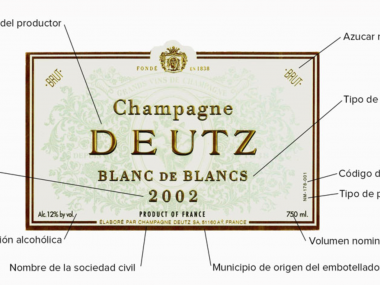We have all heard of tannins and surely most people can associate them with red wines with body and texture. But do we really know what tannins are and where they come from? Here we tell you.
What do the tannins taste like?
Tannins are responsible for giving the wine structure and, at the same time, they give it greater complexity in its flavor.
They give it a rough texture, while imprinting it with both bitterness and astringency, which can be felt in the middle and front of the mouth. In addition, they can help the wine age well.
Where do the wine’s tannins come from?
Tannins are a form of natural polyphenol, a chemical substance found in plants, seeds, bark, wood, leaves and fruit skins. Wine receives tannins from both grapes and wood.
Tannins from wine grapes
The tannins contained in the wine can come either from the pips, the stems or the skin of the grapes in the wine. This is what explains why red wines are usually much richer in tannins than white wines, since they are subjected to much more prolonged contact with the grape skins.
Also, some red wines are characterized by a higher concentration of tannins than others, as is the case, for example, of those made from the varieties of Nebbiolo, Monastrell, Petit Syrah, Cabernet Sauvignon or Tempranillo.
Wood tannins
The tannins in the wine can also come from the wood, when they are subjected to aging in barrels. So, red wines with aging will have a much higher concentration than young wines.
This also explains why white wines with aging also have tannins, despite not having rested with the seeds or skins of the grapes. As for the type of wood used for ageing, oak is the most usual type of wood and the one that provides a rounder and softer flavour.






